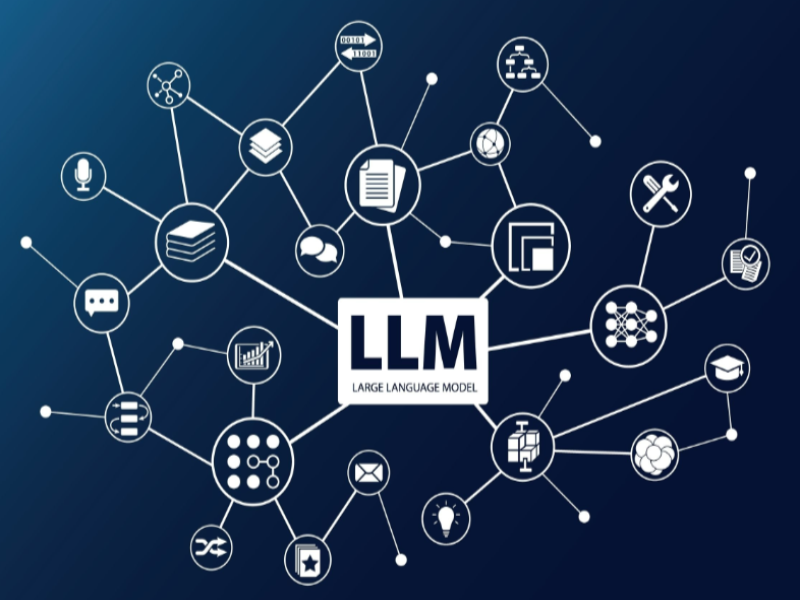- Generative AI has applications in several domains, including image, audio, and text, while LLM focuses more on the textual side.
- Generative AI models master the patterns and laws by learning a large amount of training data.LLMs are trained on large-scale text data.
- The application scenarios of generative AI include creative industries, entertainment, education and training, and LLMs are widely used in the field of natural language processing.
Generative AI and Large Language Models (LLMs) are two technologies that are attracting a lot of attention in the field of Artificial Intelligence today. Both of them can generate new data or content, but there are significant differences in their purpose, operation, application domains, and technical architectures.
Purpose and application areas
Generative AI aims to generate new data or content by learning the patterns and structure of existing data, which includes images, text, audio, and many other forms.
Generative AI has a wide range of application areas including, but not limited to, image generation, music creation, text generation, speech synthesis, and more. For example, generative AI can be used to create artwork, design AI characters, generate virtual worlds, and more.
Large Language Models (LLMs) focus on processing textual data and are primarily used to generate textual content similar to human language.
LLMs have a wide range of applications in the field of natural language processing, including text generation, summary generation, translation, question-and-answer systems, and so on. They can be used to automatically write articles, help people understand foreign language texts, and answer questions posed by users.
Also read: Adobe Premiere Pro’s generative AI tools make video editing easier
Operation and technical architecture
Generative AI models learn a large amount of training data and master the patterns and regularities in the data so that they can generate new data that is similar but not identical to the training data.
The technical architecture of generative AI includes various neural network structures such as Generative Adversarial Networks (GANs), Variational Auto-Encoders (VAEs), and so on. These models learn the ability to generate new data by confronting or optimising goals during training.
LLMs are trained on large-scale textual data to learn the statistical structure and semantic information of a language so that they can generate coherent and natural text based on a given context.
LLMs usually use models based on the Transformer architecture, such as OpenAI’s GPT family. These models achieve effective processing and generation of text sequences through techniques such as self-attention mechanism (self-attention) and position encoding.
Also read: Anthropic pioneers copyright compensation in AI large language models
Data types and generative content
According to different tasks and training data, generative AI can generate various forms of content, such as realistic images, interesting text stories, moving music and so on.
The content generated by LLMs is mainly text, which can be coherent sentences, paragraphs, or even complete articles.LLMs can generate text with logical and semantic coherence based on context.
Application scenarios and potential challenges
Generative AI has a wide range of application scenarios, including creative industries, entertainment, education and training.
Possible challenges to generative AI include inconsistent quality of generated content, possible copyright issues, and potential ethical and moral issues such as misleading or inappropriate generated content.
LLMs have a wide range of applications in the field of natural language processing, including intelligent question-and-answer systems, text summarisation, and machine translation.
The challenges that LLMs may face include model overfitting, accuracy and objectivity issues of generated content and model transmission of bias and misinformation.

